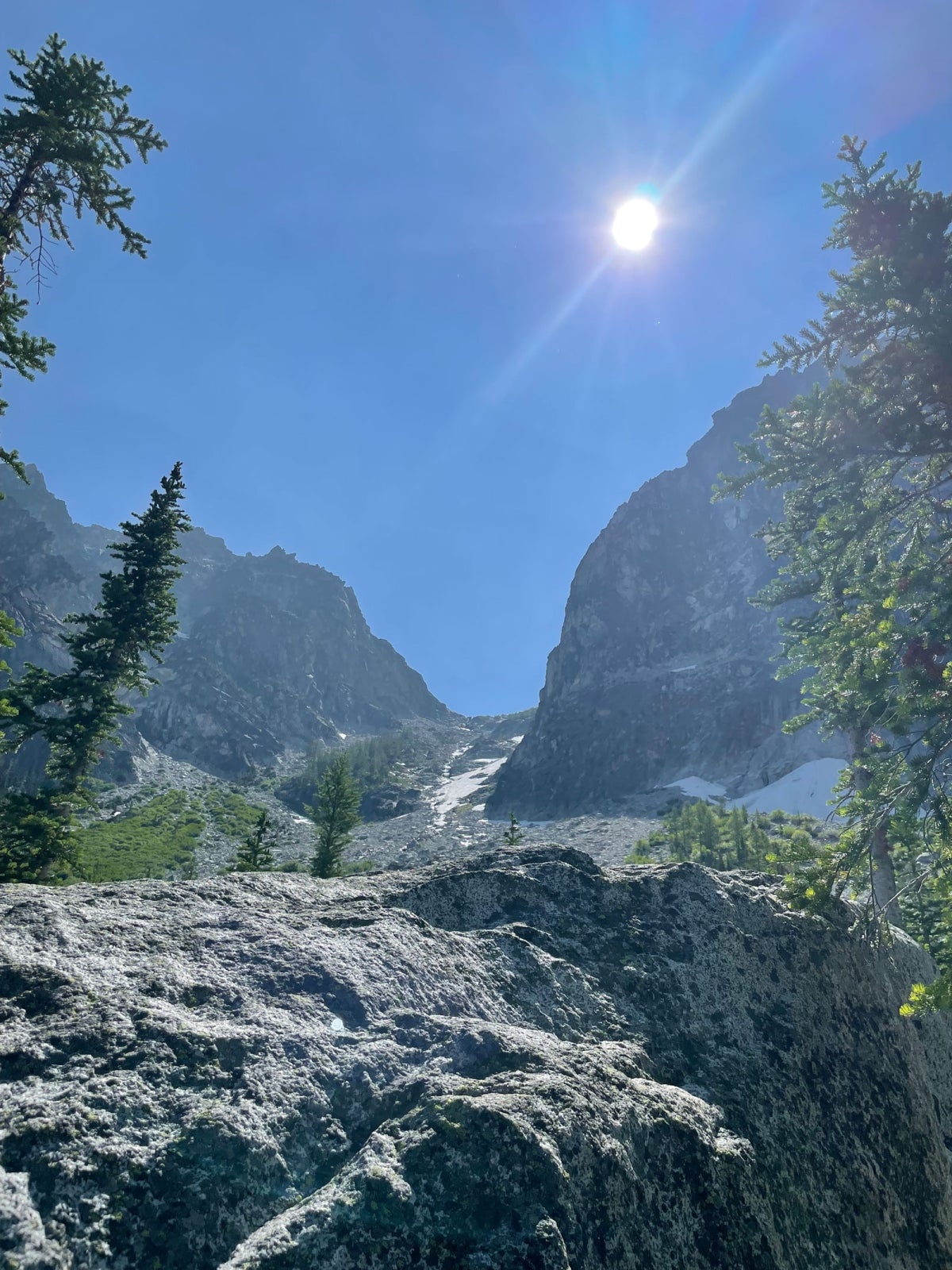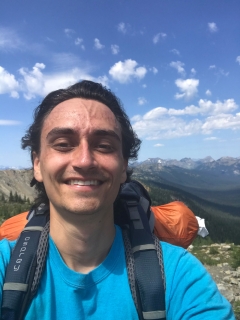Knauss legislative fellowships in Congress help build careers — and they're fun and educational. See our video and fact sheet for details.
Changing Careers to the Marine Sciences
I think the pandemic gave many of us the time to take a step back and reevaluate our priorities and goals in life. For me, it was my career. I was an industrial engineer at an aerospace company. I worked to improve and maintain the schedule of building a plane. The job was good. It taught me how to coordinate projects and communicate with others. However, the tasks I performed were repetitive and usually easy to complete. Thoughts about whether this career was the correct choice began to circle in my head. Eventually those thoughts crystallized into pursuing a career change.
My first step was to write down all the careers I was interested in. The list ranged from the marine sciences to different engineering disciplines, teaching, and the FBI. I wrote down job descriptions, responsibilities, pros, cons, and the schooling required to make each career change possible.
In my opinion, you should read as many job postings as you can to get a feel for what you like and dislike. When you get tired of reading, ask your friends and family to tell you about their careers. Make sure you have a list of questions prepared and write down the answers for future reference. Here’s a list I used to guide those conversations:
- What do you do during a typical day?
- How many hours per week are you out of the office and in the field?
- How long does a project last?
- When you first entered the field did it meet your expectations of what the job would be?
- What is the most challenging part of the job?
- How flexible is your job? Are you able to work on a variety of assignments?
- Do you have any insights on the job outlook for this field?
- Where do you see this field going in the next five to 10 years?

I also used my family and friends as a sounding board to bounce around career ideas. It can be tough to hear criticism or tough questions from the people you most care about, and that’s OK. One friend advised me to take a class in the marine sciences before deciding. I enrolled in an introductory online oceanography course a couple months later. The 11-week course was offered through the University of Washington’s Professional and Continuing Education Program. It was self-paced, so assignments could be completed at any time. Finishing the class reaffirmed my choice to pursue this career. It was also invaluable once I applied to marine science graduate programs because it showed I was not just applying on a whim.
My next step was to find a research topic and an advisor. I did not realize that in a natural science field you must be paired with an advisor to be admitted into a program. I was used to the engineering and undergraduate process of just sending in an application. I searched through a few marine science schools until I gathered a list of eight to 10 professors I wanted to contact based on their research. Next, I read about their work in scientific journals. I wish I had known that you do not need to read every article word for word. Start with the abstracts and read on if you have the time.
Once I felt comfortable with a professor’s research, I sent them an email. I briefly stated my background and interest, and I asked if they had any openings for graduate students. I got many rejection emails or never heard from some professors before striking any luck. If a professor was interested, I asked for a Zoom meeting to better understand the school, research lab, and location. After each meeting, I sent a quick email thanking them for their time.
From start to finish, the application process took about seven months. Here’s what my timeline looked like:
| Month | Task |
|---|---|
| September to October | Research and contact professors |
| November to January | Write personal statements and essays, and submit applications |
| January to March | Keep in contact with professors |
| March | Admission decisions |
Note: Check out the Graduate Application Mentorship Program at the University of Washington for free application advice from an oceanography graduate student.
Many nights during this transition I wanted things to magically change. Some great advice I’ve heard over the years is not to be overwhelmed by the overall goal but to chip away at it, piece by piece. One last thing that kept me energized to continue this change was to ask myself, “What would 10-year-old me say if he heard what I was doing today? Would he be uninterested, or inspired and curious?” I think that 10-year-old would be fascinated with what I am doing now.
See all posts to the Fellowship Experiences blog

